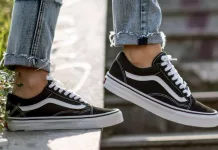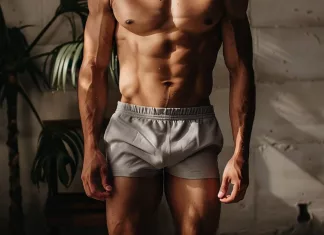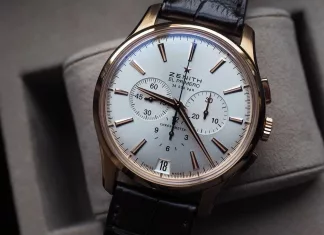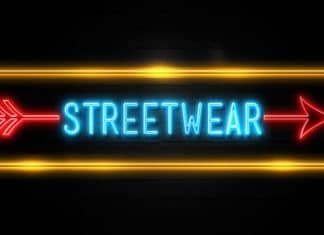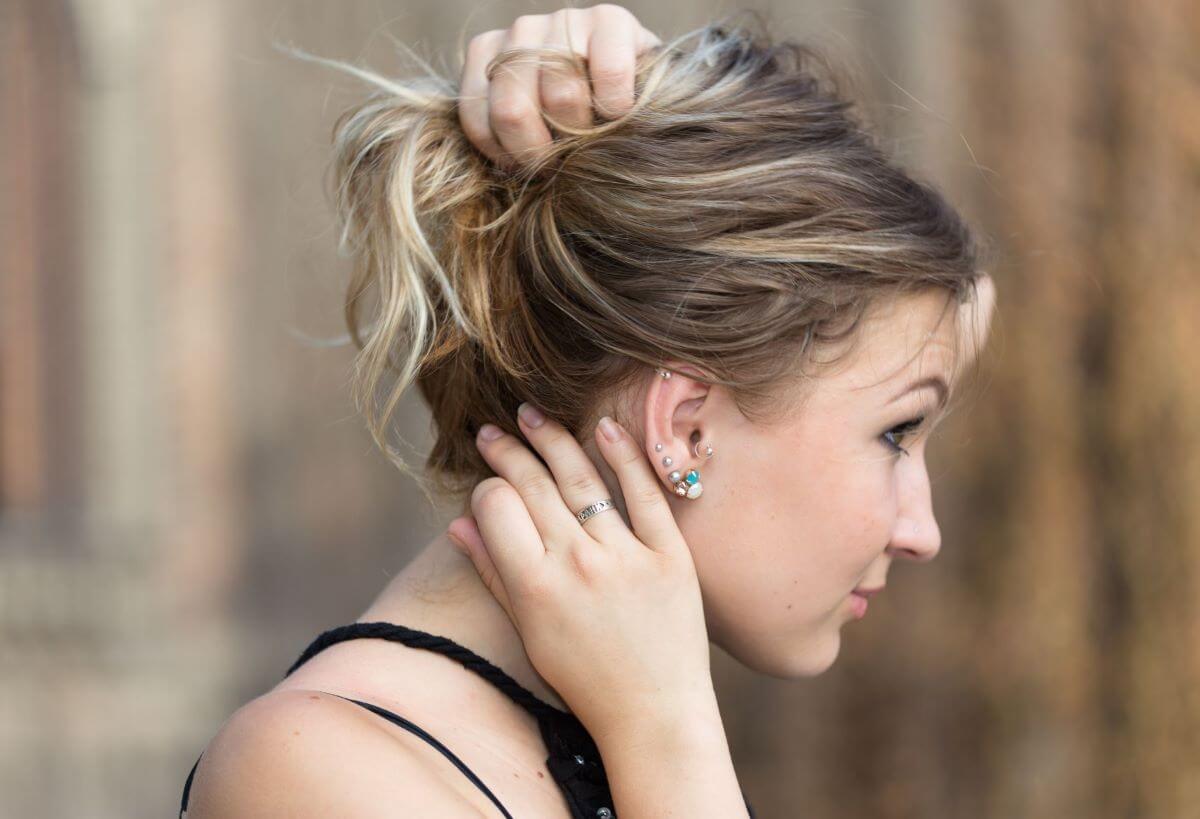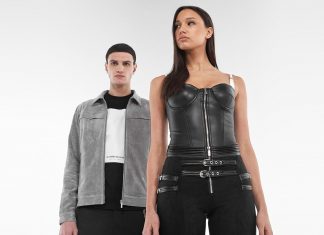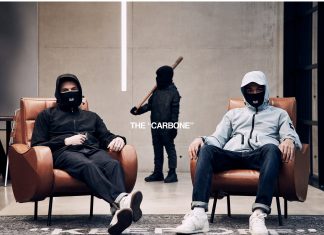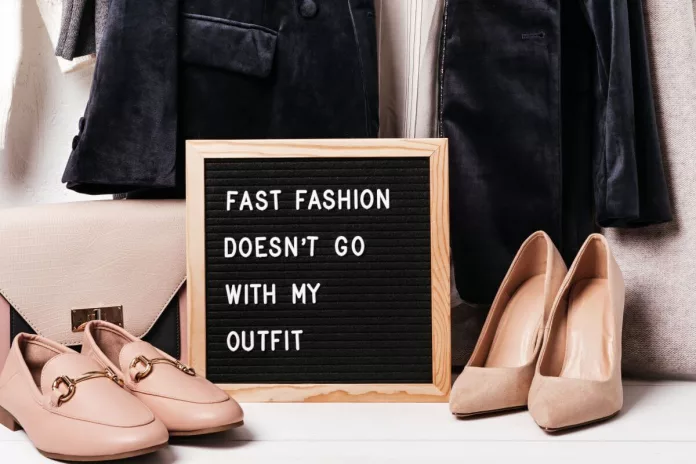
First Published: 11th August 2023, written by Chloé Safilo | Last Updated on 6th January 2024 | Reviewed and Edited by Chloe Safilo
In recent years, the ethical fashion industry has experienced a revolutionary shift towards sustainability in a positive change. As global awareness of the environment and its delicate equilibrium rises, industries across the board are being scrutinised for their contribution to the planet’s well-being.
The fashion industry, known for its glamorous image, was initially not one many would associate with environmental consciousness. But, times have changed. Driven by consumer demands and a genuine desire to be better planetary citizens, fashion is turning a new leaf.
While cynics cry greenwashing, there is no doubt some ethical fashion brands do maintain innovative sustainable practices and fair trade that are reshaping the future of apparel production in the garment industry.
Biodegradable and Eco-friendly Fabrics
Imagine a world where your clothes degrade naturally after they’ve served their purpose, leaving no trace behind. That’s the beauty of biodegradable fabrics. By opting for organic cotton, hemp, or silk over synthetic, non-degradable materials, fashion houses are ensuring that the Earth isn’t cluttered with fashion relics of the past. The move to natural and more sustainable fibres is just common sense.
However, biodegradability alone isn’t enough. The method of production matters too. Conventional cotton farming, for instance, can consume immense amounts of water and pesticides, negating the benefits of its biodegradable nature. The solution? Brands are embracing organic farming practices, which use less water and shun harmful chemicals, ensuring the production process is as green as the end product.
And consumers should be demanding sustainable and ethical clothing and accessories.
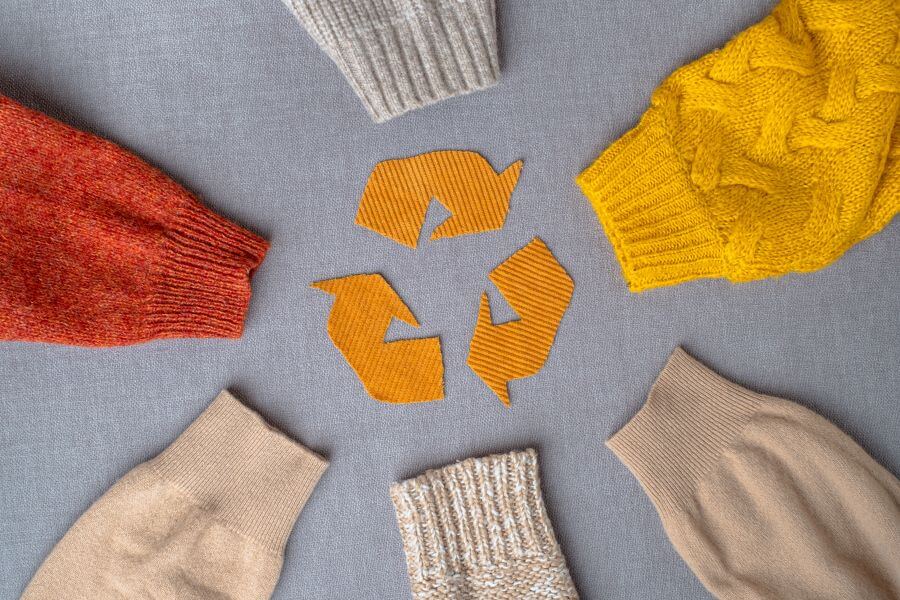
Circular Fashion Economy
The circular economy isn’t a new concept, but its application in fashion is ground-breaking. At its core, a circular fashion economy promotes a closed-loop system where old clothes and materials are recycled, upcycled, or refurbished to create new garments. Gone are the days when a worn-out sweater would meet its end in a landfill. Now, it might find new life as part of a stylish jacket, swimwear
or a chic scarf.
This not only reduces waste but also lowers the demand for virgin materials. Every piece of fabric reused means fewer resources extracted and less energy expended. Additionally, the circular fashion model breaks the “buy-use-discard” pattern by encouraging consumers to view their purchases as investments, holding onto them for longer and ensuring they’re disposed of responsibly.
Energy-efficient Production
The production process can be one of the most energy-intensive parts of the fashion supply chain. However, with many sustainable brands now leaning into renewable energy sources. Solar-powered sewing machines and wind-powered weaving mills are no longer a fragment of a green thinker’s imagination; they’re becoming a reality. The entire carbon usage should be under the spotlight.
By transitioning to energy-efficient machinery and adopting greener energy sources, the industry is drastically reducing its carbon footprint. The shift is not just about sourcing energy; it’s also about optimising production techniques. For instance, digital fabric printing, as opposed to traditional dyeing methods, can cut down on water usage by a significant margin.
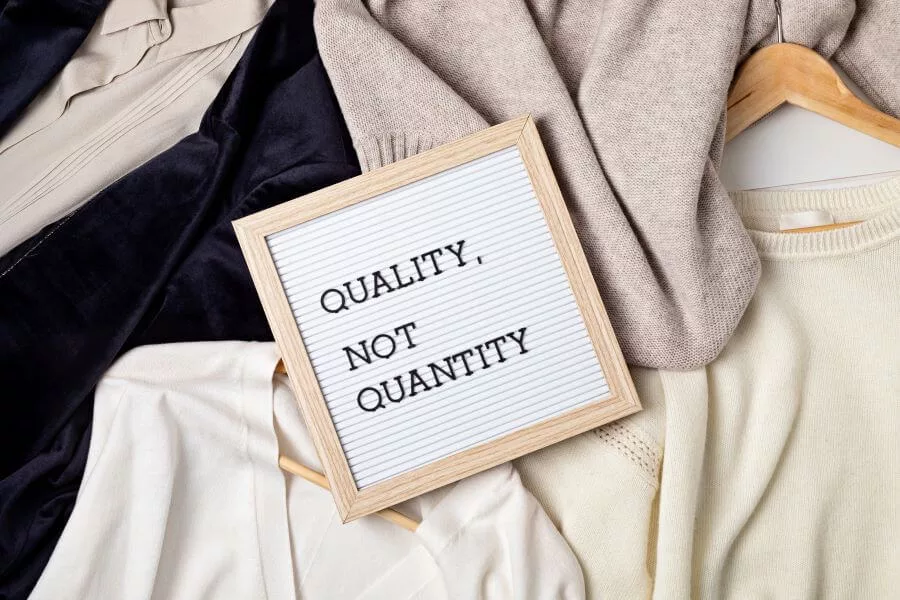
Zero-waste Clothing Designing
In conventional garment manufacturing and production methods, up to 15% of the fabric can end up as waste. Enter zero-waste designing. This innovative approach ensures that every inch of material is utilised. By meticulously planning patterns and strategically designing cuts, fashion designers are ensuring minimal to no material goes to waste.
But it’s not just about the initial design; it’s also about adapting to what’s left. Sometimes, remnants can inspire entirely new designs or be utilised in accessories, creating a holistic approach to fashion where every piece has a purpose and minimise waste.
Embracing Technology and Repurposing Tech
Technology and fashion might seem like an odd pair at first, but they’re more intertwined than ever before. Advances in tech have made it easier to trace and verify the origins of materials, ensuring ethical sourcing and production. But there’s another side to the tech-fashion relationship: repurposing old tech.
For instance, consider mobile phone repair services. When your phone breaks down, instead of tossing it and buying a new one, many opt to repair it. The same logic applies to fair trade fashion. Repurposing tech components, like wires or tiny chips, can be integrated into fashion accessories, creating unique and eco-friendly pieces.
Any fashion business should look to repair their tablets and mobile phones with experts such as likewizerepair.co.uk. It’s easier than ever to find options online, as you can simply search for mobile phone repairs near me, so there’s no excuse. By repairing and reusing, both the tech and fashion industries are playing a pivotal role in championing sustainability.
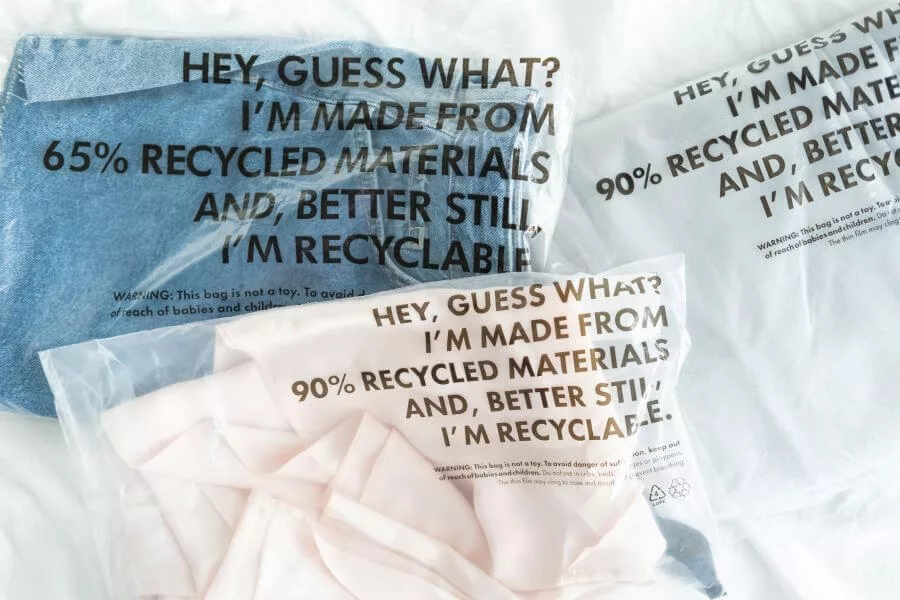
Transparent Supply Chains for Ethical and Sustainable Fashion
Transparency has become the buzzword in the sustainable fashion realm. Today’s consumers aren’t satisfied with just a “green” label in their wardrobe. They want to know the origins of their textiles, the journey they’ve undergone, and the impact they’ve had on the environment and society. And rightly so, fair trade clothing brands should be fashionable.
Brands are responding by making their supply chains transparent. This doesn’t just mean sharing where materials come from but diving deep into the ethical practices of their suppliers, the wages of the workers, and the carbon footprint of their transport. QR codes on tags, interactive apps, and dedicated web pages now allow consumers shopping ethically to trace the life of their garments, fostering trust and ensuring accountability.
Rental and Resale Platforms for Clothes
The concept of ownership is being redefined in the fashion industry. Do you really need to own that designer dress you’ll only wear once? The rise of rental platforms suggests otherwise. Renting clothes, especially high-end or occasion wear, reduces the incessant demand for new garments and encourages a sharing economy. This not only ensures garments have a longer life but also curtails the need for fast, disposable fashion.
Moreover, the resale market has seen exponential growth. Vintage shops, online resale platforms, and thrift stores are not just for the budget-conscious anymore; they’ve become trendy. This shift in mindset, from buying new to valuing old, is crucial in reducing waste and promoting sustainable consumption.
Ethical Labour Practices
Sustainability is not just about the environment; it’s equally about the people behind the products. Over the years, the fashion industry has faced severe criticism for unethical labour practices. But the tide is turning. Brands are now recognising the importance of ensuring fair wages, safe working conditions, and respect for workers’ rights.
Consumers too, are playing a significant role in this transformation. With information more accessible than ever, they’re holding brands accountable for their actions. A garment sewn with care, love, and dignity holds a value far beyond its price tag.
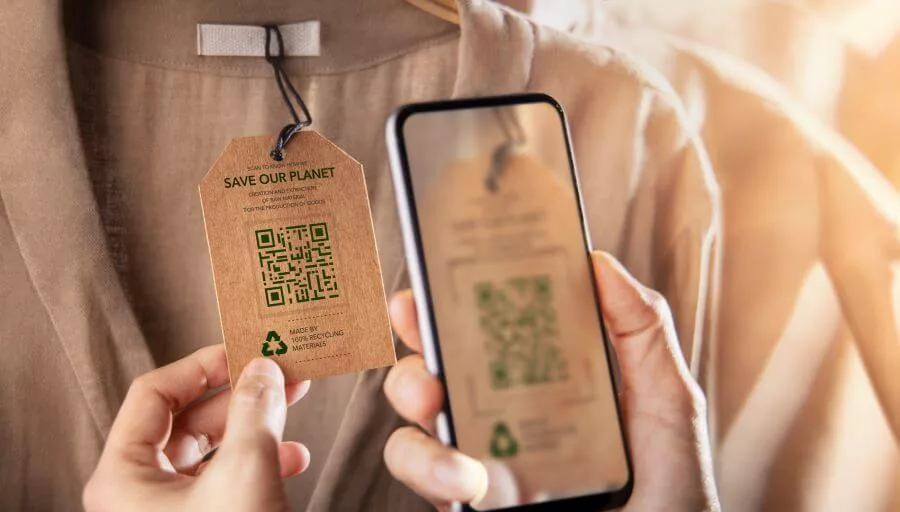
Local Production and Reduced Transport Emissions for Ethical Clothing
Localism is making a comeback, and the fashion industry is no exception. By sourcing and producing closer to home, brands can dramatically reduce their carbon emissions linked to transportation. This not only helps in reducing the environmental impact but also supports local economies, artisans, and traditions.
Local production also allows for a quicker response to market demands, reducing overproduction and, consequently, waste. While globalisation opened up a world of possibilities for the fashion industry, the sustainable future might very well lie in looking inward and embracing local talents and resources.
Consumer Education and Engagement in Ethical Fashion
Last but certainly not least, ethical brands are taking up the mantle of educating their consumers. Sustainability is a shared responsibility. Workshops, seminars, and interactive campaigns are making consumers aware of the impact of their choices.
Responsible brand are fostering a sense of community, where consumers are not just passive buyers but active participants in the sustainable journey. From teaching how to care for garments to increase their lifespan, to DIY upcycling workshops, the fashion industry is actively engaging with its audience, ensuring sustainability is not just a trend but a way of life.
The road to a sustainable fashion industry is long, but with these practices in play, we’re on the right path. Every stitch, every choice, and every purchase can contribute to a greener, more ethical world. As consumers, it’s our duty to support these initiatives and demand more from brands. The future of ethical fashion is not just about looking good; it’s about doing good too.







